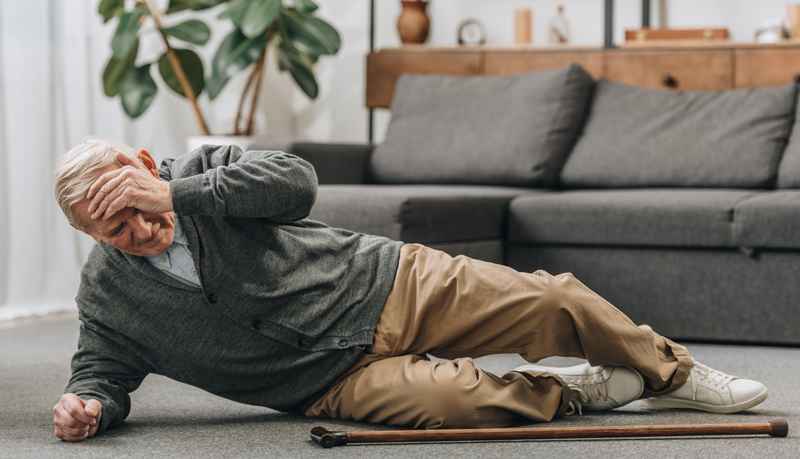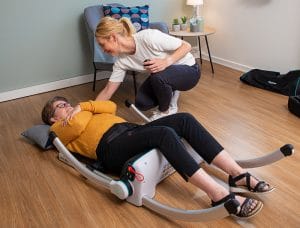What is the meaning of a No Lift Policy? | No lift policies explained
We are often asked by potential customers about no-lift policies, and we appreciate organisations may currently have no-lift policies in place with the aim of protecting their staff and clients from injury.
In this article, we will cover what a no-lift policy is, why they are controversial, and look at some potential alternatives.

What is a no lift policy?
No-lift policies are based on historic NICE guidance, to stop carers from attempting to manually lift a fallen person from the floor, potentially causing harm to either a carer or the fallen patient.
A no-lift policy typically states, “A person must not be manually lifted except in emergency or life-threatening circumstances”1.
Why are no lift policies controversial?
No lift policies ignore the fact that the majority of fallers are uninjured but simply unable to get back to their feet, and by leaving a fallen person on the floor waiting for an ambulance, their risk of developing further injuries and complications greatly increases.
Related article: What Is A Long Lie Fall? Causes, Impact, and Prevention
Are no lift policies legal?
The Manual Handling Operations Regulations 1992 (as amended) do not prohibit individual types of manual handling or endorse ‘no lifting’ policies.2
NHS ambulance services such as NHS South Central Ambulance Service, state that:
‘Care Homes and Care Homes with Nursing cannot have or quote a ‘no lift’ policy. They are encouraged to have a ‘minimal lifting’ policy which clearly sets out their safe systems of work for moving and handling their residents.’
SCAS go on to say that ‘SCAS crews should report Care Homes and Care Homes with Nursing that quote ‘No lift’ policies or refuse to assist with moving and handling non-injury patients.’ 3
What are the alternatives to no lift policies?
The alternative to no-lift policies is to implement a process for managing and responding to falls in a way that puts no risk on your patients, your staff, and your organisation. This will likely mean upskilling your staff with the appropriate tools and training to be able to safely offer falls response.
By thoroughly assessing whether the fallen person is safe to lift, using a tool such as ISTUMBLE and by using a piece of lifting equipment like a Raizer lifting chair to lift the fallen person, the risk of injury to both staff and patients will be significantly reduced.

If you have a no-lift policy in place, we would advise you to consider the negative impact this could potentially have on your clients and your service. If you would like to discuss how organisations we’ve worked with have managed the risk when implementing falls response, feel free to reach out to us on 01473 741144, or via the form below, and we would be happy to discuss this with you.
Citations
[1] https://ahcnweb.net/aged-care/staff-education/no-minimal-lift-policy/
[2] https://www.qcs.co.uk/ask-sheila/no-lifting-policy/
[3] https://www.scas.nhs.uk/wp-content/uploads/2022/02/Minimal-Lifting-Policy-V8-SEPT-2021.pdf
Related articles
What Is A Long Lie Fall? Causes, Impact, and Prevention
Get in touch
Got a question or want to send us a message? Let’s talk.